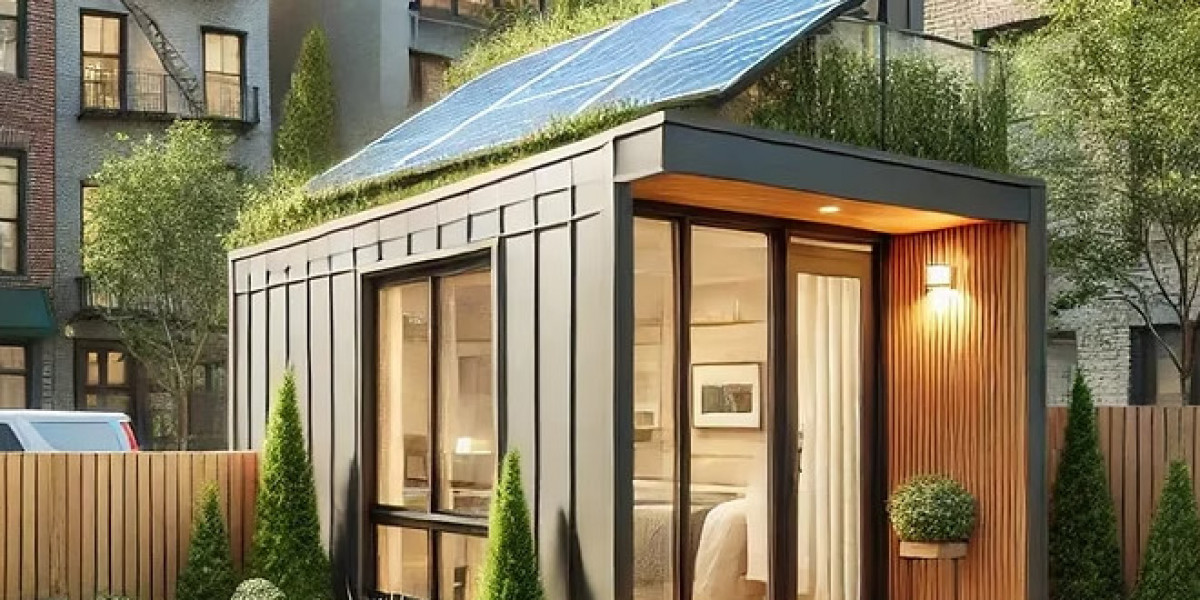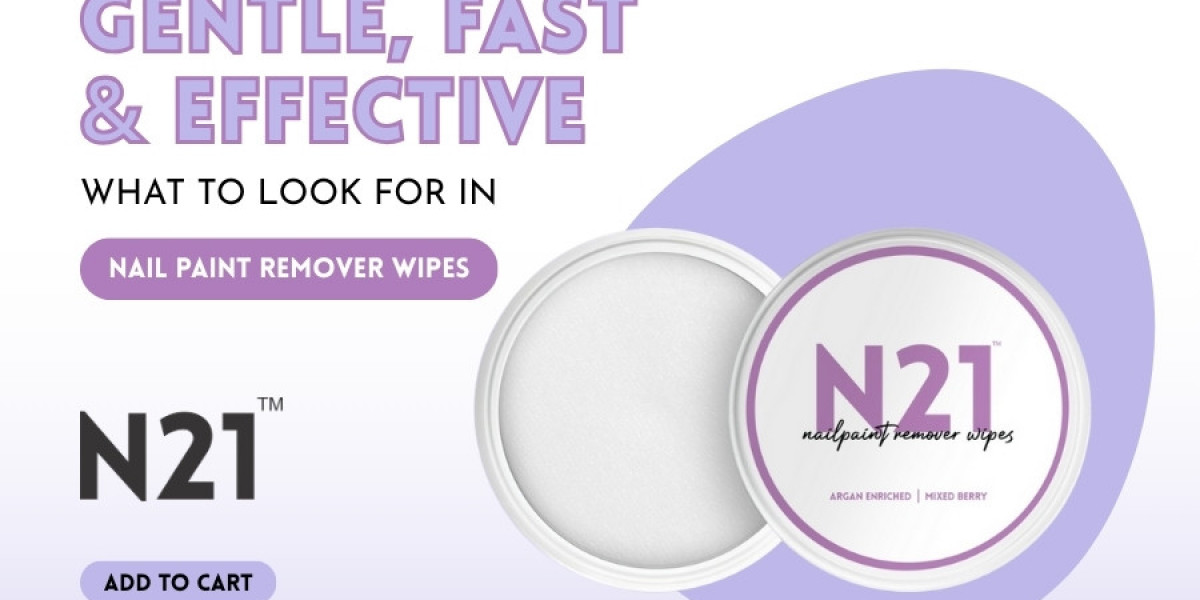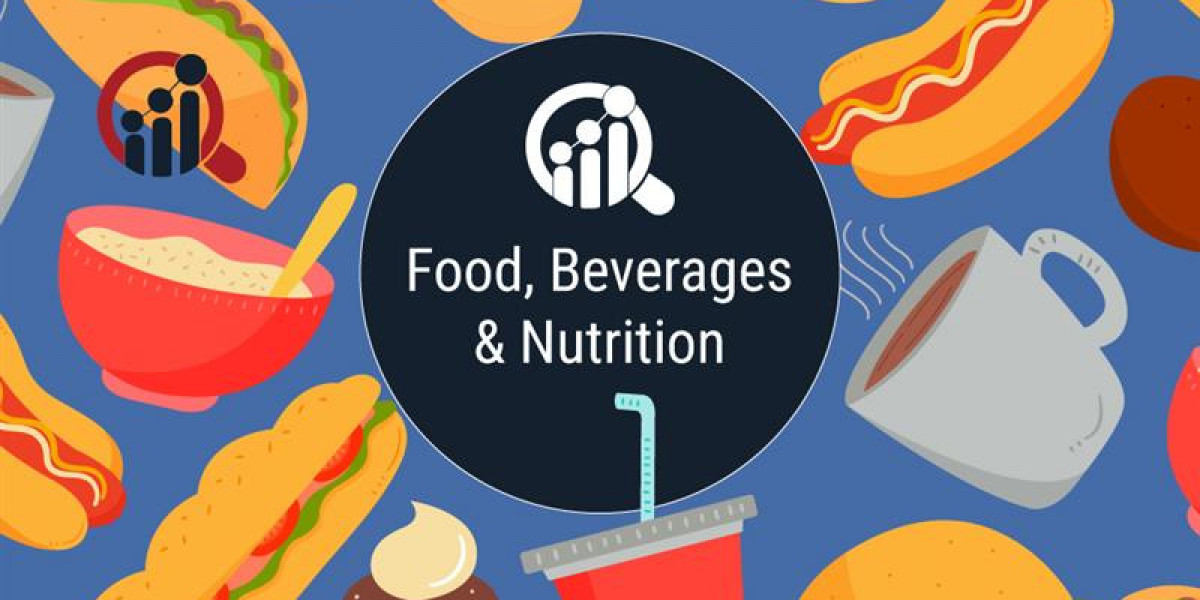Finding a home in New York City can feel like chasing a dream. With rent prices soaring and demand constantly rising, Affordable Housing NYC has become a vital topic for both locals and newcomers. The city’s unique blend of opportunity and lifestyle attracts millions, but affordability often stands as the biggest barrier. Fortunately, with the right knowledge and strategy, comfortable and reasonably priced housing in NYC is still achievable.
Let’s explore how affordable housing works in the city, what options are available, and how residents can find the perfect balance between cost, comfort, and convenience.
Understanding Affordable Housing in NYC
Affordable Housing NYC refers to rental units that are financially accessible to low- and middle-income residents. In NYC, the term doesn’t just mean “cheap rent” it reflects a system designed to keep housing prices aligned with what average households can reasonably pay.
Typically, the government or private developers partner through programs like the NYC Housing Development Corporation (HDC) or Department of Housing Preservation and Development (HPD) to create these opportunities. The goal is to ensure that essential workers, families, and students can continue living in a city that thrives on diversity and community.
Why Affordable Housing Matters
In a city known for luxury penthouses and high-rise condos, affordable housing plays a crucial social and economic role. It keeps neighborhoods balanced, supports local businesses, and provides stability for residents who form the backbone of the city’s workforce teachers, healthcare professionals, service workers, and artists.
Affordable housing also strengthens communities by preventing displacement. When residents can afford to stay long-term, they invest emotionally and economically, building stronger, more vibrant neighborhoods.
Key Programs Supporting Affordable Housing NYC
New York City offers several programs to help residents find affordable housing that suits their income level. Some of the most notable include:
NYC Housing Connect – This online platform lists affordable housing lotteries for new and renovated apartments. Applicants can filter by borough, income, and household size.
Mitchell-Lama Housing Program – Designed for moderate- and middle-income families, it provides affordable rental and cooperative housing options.
Section 8 Vouchers – These federally funded vouchers help low-income tenants pay rent in private housing by covering a portion of the monthly cost.
Inclusionary Housing Program – Developers who include affordable units in new buildings receive zoning incentives. This ensures mixed-income communities across the city.
Each of these programs helps bridge the gap between rising rents and residents’ real-world budgets.
Factors That Influence Affordable Housing Availability
Several factors influence how accessible affordable housing is in NYC:
Income Limits: Eligibility depends on the Area Median Income (AMI), which defines income brackets for housing assistance.
Neighborhood Development: Areas undergoing gentrification often see rising costs, reducing affordability. However, new housing policies encourage mixed-income developments.
Demand vs. Supply: High demand and limited supply mean long waiting lists for many programs, making early application crucial.
Government Policies: Tax incentives and rezoning efforts play major roles in determining how many affordable units are built annually.
These elements interact to shape the landscape of affordable living in NYC sometimes creating challenges, but also opening new doors for determined renters.
Tips for Finding Affordable Housing in NYC
Searching for affordable housing in New York can feel overwhelming, but the process becomes manageable with the right approach. Here are a few effective strategies:
Start with NYC Housing Connect: Create an account, complete your profile, and regularly check for new lotteries.
Keep Financial Documents Ready: Proof of income, tax returns, and ID are essential for most applications.
Apply Widely: Don’t limit yourself to one borough or neighborhood—expanding your search increases your chances.
Be Patient but Persistent: Affordable housing applications often take time to process. Stay consistent and keep track of all submissions.
Consider Shared Housing: Co-living spaces or shared apartments can reduce costs significantly while maintaining a high standard of living.
These small steps can make a big difference in securing your dream home in the city.
Balancing Affordability with Lifestyle
One misconception about Affordable Housing NYC is that it means compromising comfort or location. In reality, many affordable developments are located in well-connected neighborhoods with access to parks, shopping centers, and public transportation.
Moreover, modern affordable housing projects now focus on design and sustainability. Many include energy-efficient appliances, communal spaces, and even rooftop gardens ensuring a higher quality of life for residents.
Affordable doesn’t have to mean basic; in New York, it often means smart and resourceful living.
The Future of Affordable Housing in NYC
The city continues to evolve its housing strategy to meet growing demand. With programs like Housing New York, the goal is to create and preserve hundreds of thousands of affordable units by collaborating with private developers.
Technological tools are also improving accessibility applicants can now apply, track, and manage their applications entirely online. Additionally, urban planning efforts are promoting equitable development, ensuring that every borough benefits from affordable housing initiatives.
As sustainability becomes a priority, the next generation of affordable housing will focus on green building designs and community-oriented living spaces.
In a city where space is limited and demand is high, affordable housing is not just a necessity it’s a cornerstone of equality and opportunity. Understanding the system, knowing where to apply, and being persistent can help make the dream of living in New York City a reality.








